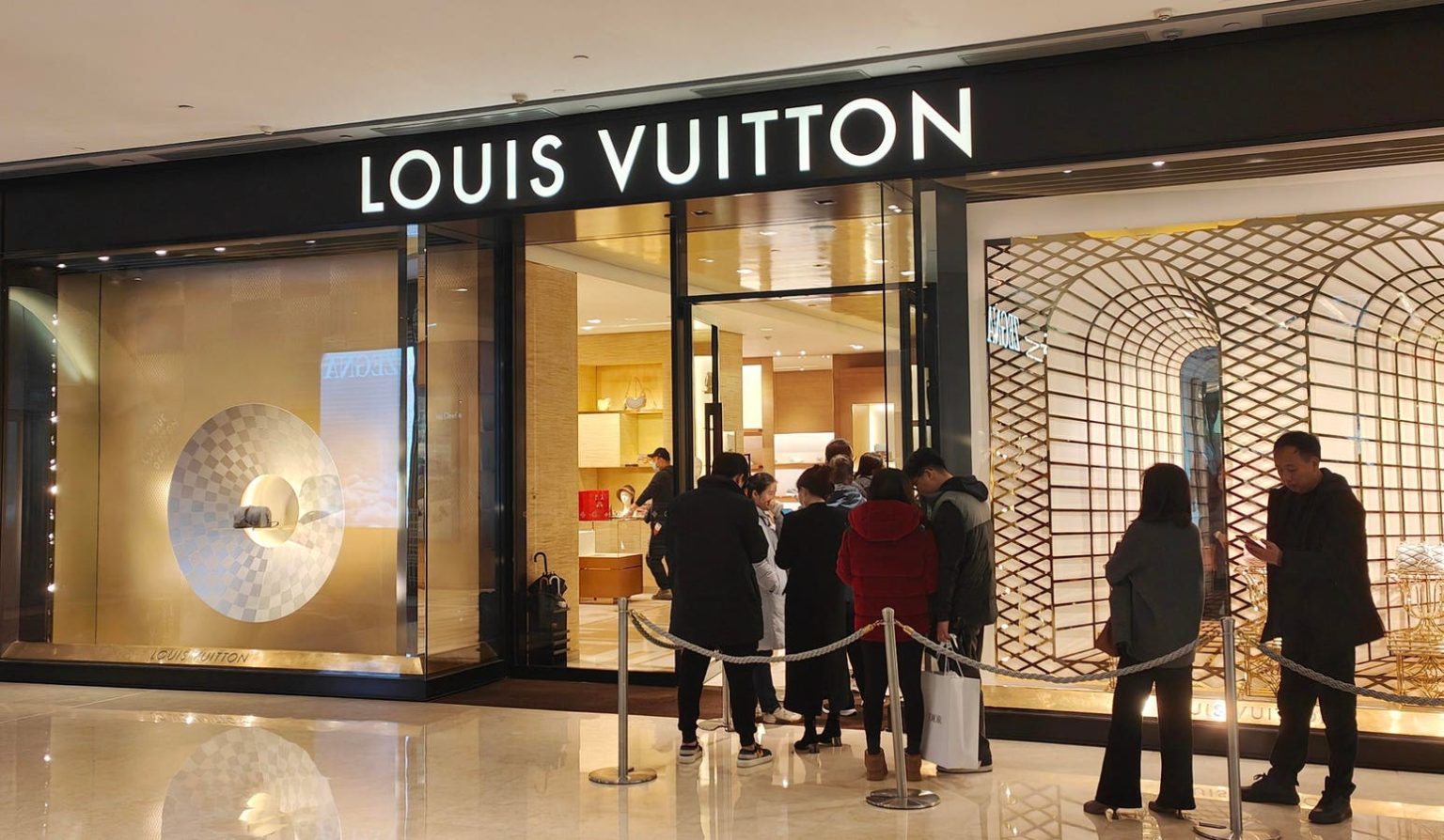Several large retailers have reported earnings for Q1 of 2024, providing valuable insight into the health of the U.S. consumer. With consumer spending driving roughly 70% of the economy, changes in these patterns significantly impact growth and employment. While results have been mixed, there are clear signs of spending fatigue among consumers, indicating a shift from discretionary products to essentials.
Walmart, the world’s largest retailer, beat top- and bottom-line estimates in their earnings report. Chief Financial Officer John Rainey noted a shift in consumer segments, with upper-income households accounting for the majority of share gains. Walmart observed that many consumers are opting to spend more on essential groceries rather than discretionary items like televisions, reflecting stretched pocketbooks among some consumers.
Target, which generates a higher percentage of revenue from discretionary products than Walmart, is set to report earnings soon. Investors will closely watch their results for any confirmation of weakness in consumer spending. Home Depot, the largest home improvement retailer in the U.S., reported a decline in sales for the third consecutive quarter as customers grapple with high mortgage rates and inflation. Customers are deferring major home projects due to interest rates, leading to softer engagement in larger discretionary projects.
Luxury goods are still selling well, with wealthy consumers showing resilience in their spending habits. LVMH, a leader in high-end products, saw organic revenue growth in its fashion and leather goods division despite a slowdown compared to previous years. The RealReal, a marketplace for second-hand luxury goods, reported growth in consignment revenue, indicating a growing demand for affordable luxury items. Small independent retailers catering to high-income consumers are also experiencing similar trends, focusing on personalized service and unique products to attract customers.
The retail sector is facing challenges, with large retailers competing on price while smaller luxury retailers focus on personalized experiences and unique products. In-store consumers are seeking expert advice on style and fit, leading to increased demand for niche products and personalized services. Traditional brands are revisiting their value propositions to compete in a market flooded with a wide variety of products. Overall retail sales remain stable, but signs of stress are emerging among consumers with less disposable income due to decreased savings and high interest rates hampering spending.
The outlook for the retail sector provides reasons for investors to be optimistic but also raises concerns. While overall retail sales are stable, signs of stress among consumers and a recent crack in the job market pose potential challenges for retailers. The key to future demand lies in the employment picture, as long as people remain employed and feel secure in their jobs, economic growth is likely to continue. However, recent reports indicate a weakening job market, suggesting that retailers may be the first to feel the impact of any economic downturn.


